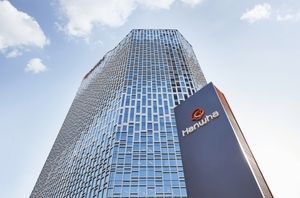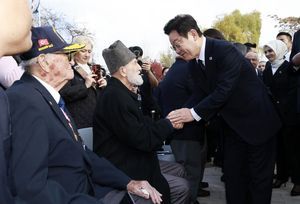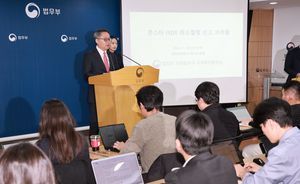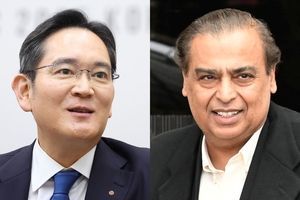Korea’s Hanwha Aerospace Takes a Giant Leap into Space with Rocket Technology Transfer!
Daniel Kim Views
![South Korea launches the Nuri rocket for the third time from the Naro Space Center in Goheung, South Jeolla Province, May 25, 2023. (Korea Aerospace Research Institute)]](https://contents-cdn.viewus.co.kr/image/2025/07/CP-2023-0309/31144879.jpg) Hanwha Aerospace will be the first private company in South Korea to secure full lifecycle capabilities for rocket development, the company said Wednesday.
Hanwha Aerospace will be the first private company in South Korea to secure full lifecycle capabilities for rocket development, the company said Wednesday.
The transfer includes the rocket’s design and technologies for manufacturing and launch operations. Under the agreement, Hanwha Aerospace also gains the rights to produce and launch the Nuri rocket through 2032, company officials said.
“This technology transfer marks a critical milestone for our national space industry,” said Son Jae-il, president and CEO of Hanwha Aerospace. “It provides us with the foundation to enhance Nuri’s technological capabilities and cost-effectiveness.”
“We’re aiming to build a robust, globally competitive commercial launch service, cementing our position as a leader in the new space era,” Son added.
The Nuri rocket, South Korea’s first domestically developed launcher, was completed in 2023 after a 14-year project involving over 300 local companies. Hanwha Aerospace played a crucial role, developing key components such as liquid rocket engines.
With its successful launch in May 2023, which placed a satellite weighing over one metric ton into orbit, South Korea joined an elite group of just seven countries worldwide capable of independently achieving this level of launch capability.
While KARI spearheaded the first three Nuri rocket launches, Hanwha Aerospace is set to take the reins for the remaining three, scheduled for November 2026 and 2027.
Hanwha Aerospace plans to work closely with KARI to ensure a smooth transfer of operational expertise and accumulated experience.
The company is betting big on space transportation as a future growth engine and is exploring further involvement in launch service operations and space exploration industries.
To achieve this, Hanwha Aerospace aims to build a vertically integrated value chain, leveraging its expertise in land, sea, and air defense systems — including aircraft engines, armored vehicles, self-propelled howitzers, and submarine batteries.
Its subsidiary, Hanwha Systems, brings advanced capabilities in radar, data security, and process technologies that support South Korea’s key defense programs, such as the Cheongung missile systems and the K9 howitzer.
Additionally, Hanwha Aerospace has brought satellite manufacturer Satrec Initiative under its wing as a key subsidiary, further expanding its space portfolio.










Most Commented